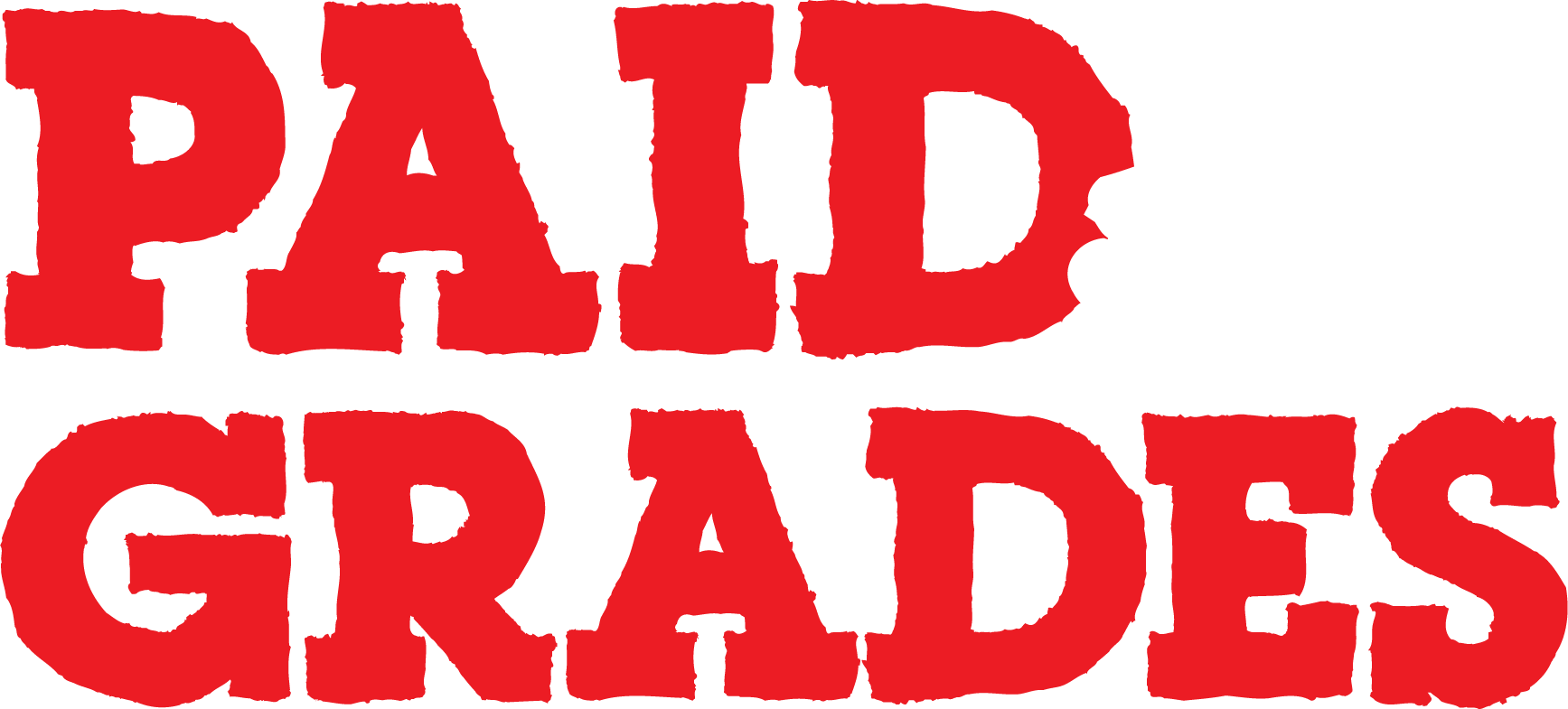Taking notes might seem pretty basic. But, there’s a good chance no one has shown you how to do it right.
It’s not just about scribbling down what your teacher says. It’s about catching the important stuff and making it easy for you to understand later. So, let’s break down how to level up your notetaking game and ensure you get the most out of your next study session.
Getting Ready to Take Notes
Before class even starts, make sure you’re set up. This means having your notebook and pen ready if you like writing things down the old-fashioned way or your laptop or tablet charged up if you’re more into digital notes. Either way, sorting out your gear is just the start.
Try to get a sneak peek at what you’ll be learning about by checking out your textbook or looking over your notes from the last class. This little bit of prep can help you catch the important points your teacher will talk about.
The Right Way to Take Notes
Now, when you’re actually in class, you’ve got to stay sharp. Listen out for the big ideas and the details that support them. Don’t try to write down every single word. Instead, try to put what you’re learning into your own (shorter) words. This helps you really get the material and remember it later.
Watch for hints from your teacher on what’s super important, like if they repeat something a lot or write it on the board. And don’t forget to use shortcuts and symbols to keep up; just make sure you’ll understand them when you look back at your notes.
But there’s more to it than that. Here’s a handy checklist to keep in mind while you’re taking notes:
- Identify Key Points: Focus on main ideas, major concepts, and essential facts. If your teacher repeats something or writes it on the board, mark it as important.
- Use Your Own Words: Summarize information in a way that makes sense to you. This helps with understanding and remembering the material.
- Organize as You Go: Try to structure your notes in real time. Use headings, bullet points, and numbering to keep things clear.
- Leave Space: Don’t cram everything together. Leave some room to add extra notes or clarification later.
- Visuals Are Your Friend: Whenever possible, use diagrams, charts, or mind maps to represent information visually.
- Ask Questions: If something isn’t clear, jot down your questions. This makes it easier to get answers later, either by asking your teacher or doing some research on your own.
- Review and Revise: After class, go through your notes. Clean up any messy parts and fill in any gaps while the information is still fresh.
After Class: Making the Most of Your Notes
When class is over, don’t just shove your notes into your backpack and forget about them. Go over them again within a day to help move all that new info into your long-term memory. This is a great time to clear up anything that didn’t make sense in class. Summarizing your notes can also be super helpful. Just write a few sentences to capture the main points of what you learned. Some more tips for A+ notetaking include:
- Staying Organized: Use headings to break up your notes. It makes finding stuff later a lot easier.
- Drawing It Out: Pictures, charts, and maps can help make complicated ideas clearer, especially if you’re a visual learner.
- Interacting With Your Notes: Don’t be afraid to mark up your notes by highlighting or writing questions to yourself.
- Teaching Someone Else: Explaining what you’ve learned to a friend can help make sure you really understand the idea.
Improving your notetaking is more than just getting ready for the next quiz; it’s a skill you’ll use way beyond high school. Remember, there’s no one “right” way to take notes. What works great for your friend might not work for you, so feel free to try different methods until you find your perfect match.
